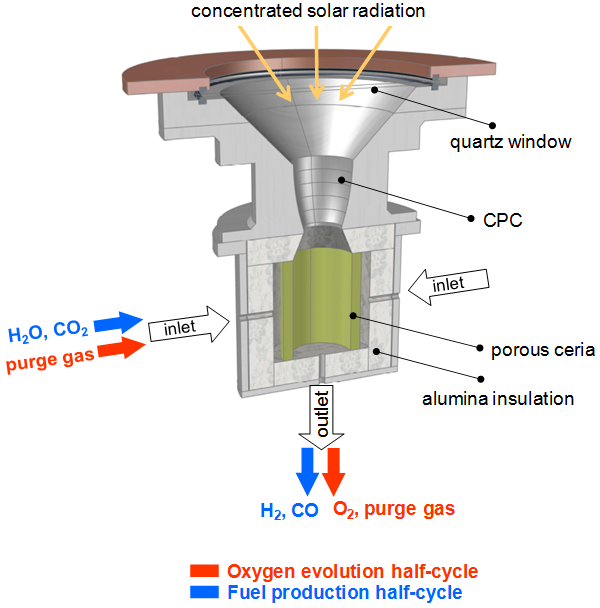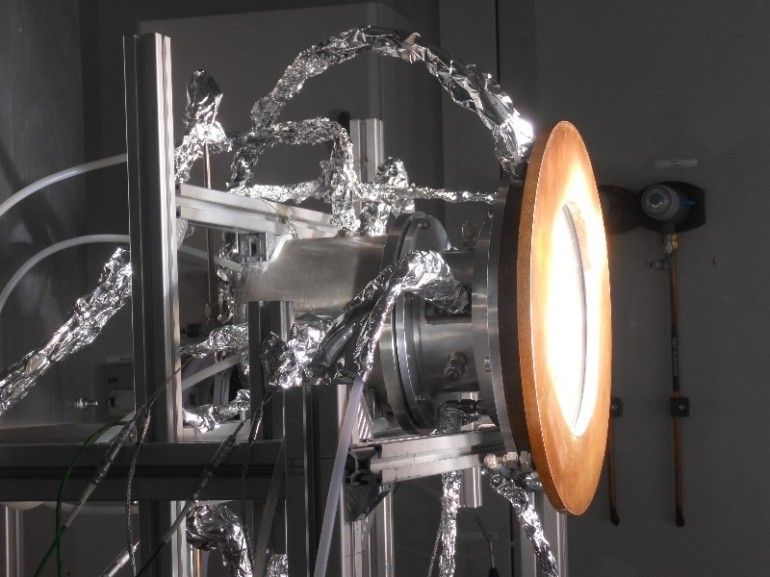Airplane tickets are costly, and that's largely because jet fuel is costly. But scientists with the SOLAR-JET project have come up with a multi-step process in which the result is a solar jet fuel made from water and carbon dioxide.
As reported by Gizmodo, the multi-step process has been effective at creating an alternative fuel that not only cuts CO2 emissions but also brings the world closer to an unlimited, sustainable fuel. The first step involves a solar reactor that uses sunlight to convert water and carbon dioxide into kerosene or jet fuel. The solar reactor features enhanced radiative heat transfer and fast reaction kinetics, both of which are crucial to solar-to-fuel energy conversion efficiency.
"Increasing environmental and supply security issues are leading the aviation sector to seek alternative fuels which can be used interchangeably with today’s jet fuel," said Dr. Andreas Sizmann, the project coordinator at Bauhaus Luftfahrt. "With this first-ever proof-of-concept for 'solar' kerosene, the SOLAR-JET project has made a major step towards truly sustainable fuels with virtually unlimited feedstocks in the future."
It's an early stage project still, but the multi-step process relies on a solar-driven redox cycle with metal-oxide based materials at high temperatures. It then rearranges electrons and converts carbon dioxide and water into hydrogen and carbon monoxide (also known as syngas). And finally, it adapts to the Fischer-Tropsch process to make fuel for commercial planes. It takes the hydrogen and carbon monoxide from syngas to convert kerosene into liquid form.

"This is potentially a very interesting novel pathway to liquid hydrocarbon fuels using focused solar power," said Hans Geerlings, a professor working at Shell, which uses the Fischer-Tropsch process. “Although the individual steps of the process have previously been demonstrated at various scales, no attempt had been made previously to integrate the end-to-end system."
SOLAR-JET's next step step requires partners that will help implement the project's technology on an industrial scale. It will take a lot of research and testing to determine if the project's multi-step process and technology can remain both cost and energy efficient at a larger scale however. Partner evaluation of such a thing is expected to complete next year.
"This technology means we might one day produce cleaner and plentiful fuel for planes, cars and other forms of transport," said Máire Geoghegan-Quinn, the European commissioner for Research, Innovation and Science. "This could greatly increase energy security and turn one of the main greenhouse gases responsible for global warming into a useful resource."

